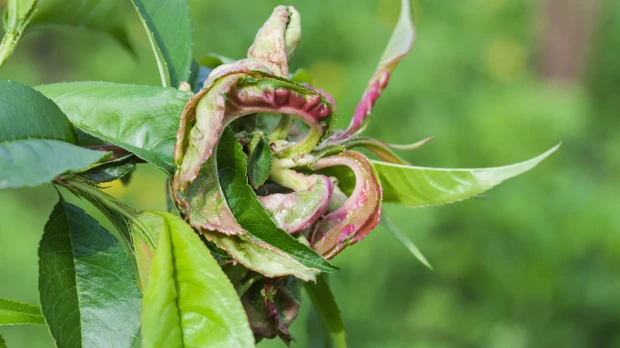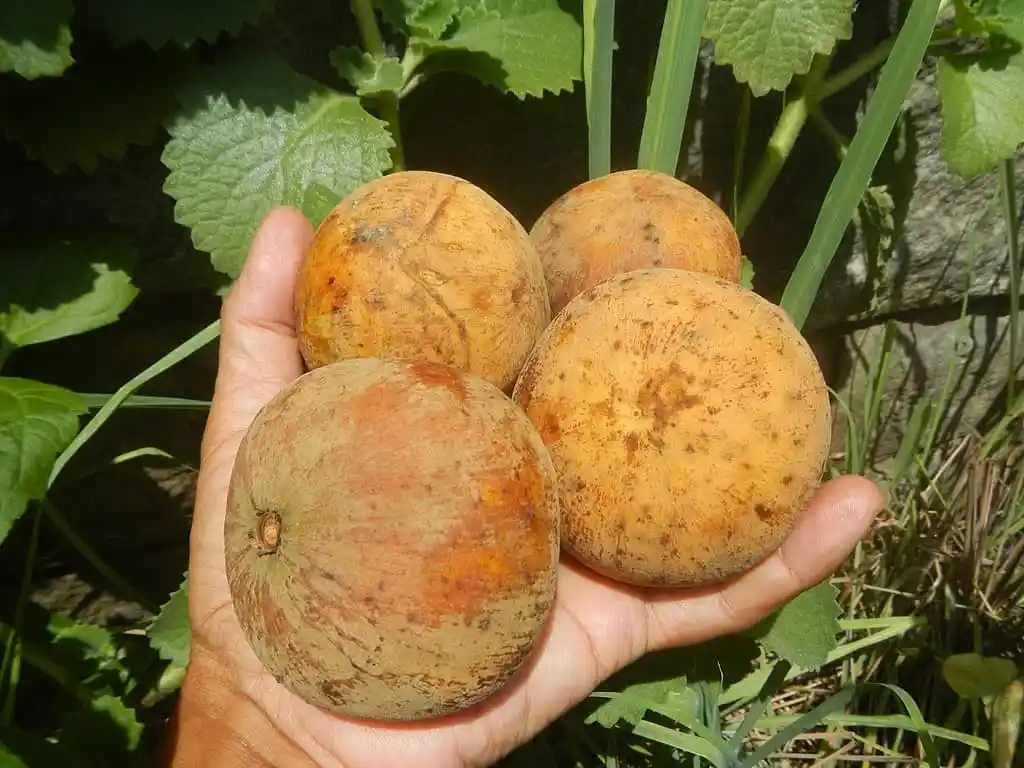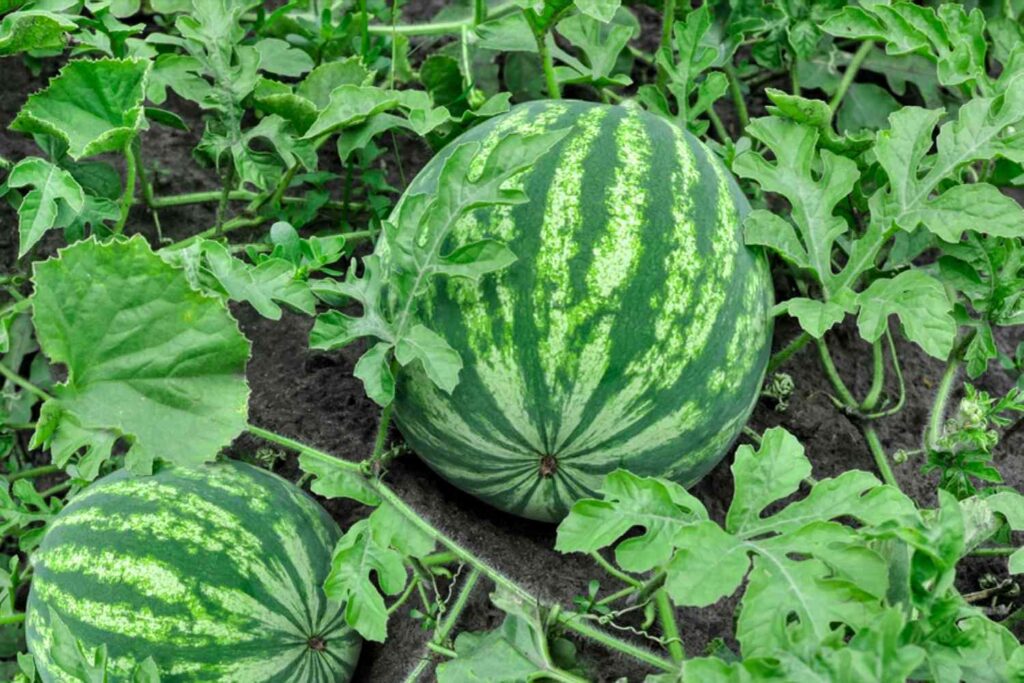Pruning your snake plant isn’t difficult. With the steps provided in this article, you’ll learn how to trim your snake plant just like an expert, without needing professional skills!
Snake plants are loved for being low-maintenance and having appealing leaves. However, from time to time, they might get too big or have dead parts that need to be pruned.
We’ll show you how to trim your snake plant expertly. You’ll learn what tools to use, the right way to cut, and how to care for your plant after you’ve trimmed it. With this detailed guide, you’ll have all the know-how to keep your snake plant healthy and looking great.
Table of Contents
- Step-by-Step Guide to Expert Snake Plant Pruning
- Step 1 – Get Your Tools Ready
- Step 2 – Find the Main Base Leaf
- Step 3 – Clip the Main Leaf Carefully
- Step 4 – Take Off Dead or Yellowing Leaves
- Step 5 – Trim Leaves That Don’t Look Right
- Step 6 – Shorten Any Overly Long Leaves
- Step 7 – Spot Any New Little Shoots at the Base
- Step 8 – Snip the Shoots Off Close to the Base
- Step 9 – Tidy Up Around the Plant
- Step 10 – Water the Plant Well
Step-by-Step Guide to Expert Snake Plant Pruning
Step 1 – Get Your Tools Ready
Get all the tools you’ll need ready before you start pruning your snake plant. Using sharp, spotless scissors or pruning shears is best. Have a container or bag close by for the waste.
Clean and sharp tools will help you avoid harming the plant or exposing it to disease. If needed, clean and sharpen your tools before cutting. With your equipment prepared, you’re ready to trim your snake plant for better health and growth.
Step 2 – Find the Main Base Leaf
The main base leaf sits near the soil and is usually bigger than the rest. It’s important for new growth, so don’t cut it when you’re pruning. All the new leaves and branches will start growing from this leaf, so it’s vital to keep it healthy.
Step 3 – Clip the Main Leaf Carefully
Carefully snip the base leaf about 1/4 inch above the soil. This little cut can make the plant grow new leaves from the bottom.
Use clean, sharp shears for the cut to prevent harming the plant. Don’t cut too low so you don’t hurt the roots. This careful trimming will keep your snake plant healthy and productive.
Step 4 – Take Off Dead or Yellowing Leaves
Look for any dead or yellow leaves and cut them off since they won’t get better. This lets the plant save its energy for the healthy leaves, making it grow more.
Step 5 – Trim Leaves That Don’t Look Right
Check for any leaves that are crossed or sticking out in odd places. They can block the growth of other leaves and make the plant look messy.
Cut these leaves carefully at their base, but don’t hurt any good leaves. This will let your plant grow well and stay neat-looking.
Step 6 – Shorten Any Overly Long Leaves
Pruning not only gets rid of old parts, but it also shapes your snake plant. If you see leaves that are very long or thin because the plant isn’t getting enough light or hasn’t been taken care of, you can trim them.
Cut them down to a better size to improve the plant’s look. This way, your snake plant stays healthy and grows well.
Step 7 – Spot Any New Little Shoots at the Base
When you’re pruning, look for small shoots growing from the base of your snake plant. These are baby plants, and you can cut them off to help the main plant grow better and bigger.
Step 8 – Snip the Shoots Off Close to the Base
With your clean and sharp tools, cut the shoots as close to the base as you can. Be careful not to damage the main leaf or any healthy leaves when you’re removing the shoots.
Step 9 – Tidy Up Around the Plant
Once you’ve finished pruning, clean up any leaf bits, stems, or other mess around the plant. This junk can attract pests or diseases, so it’s best to get rid of it to keep your snake plant healthy. Cleaning also stops any new problems from starting.
Step 10 – Water the Plant Well
After you’ve trimmed your snake plant, give it a good watering. This helps it get over any stress from the pruning and encourages new growth. Water the soil around the plant, not the leaves. If it’s in a pot, make sure extra water can drain out so the roots don’t get soggy.
If it’s in the ground, let the soil dry out for a couple of days before watering again. Snake plants don’t need a lot of water and can handle drought, so give it time to settle after pruning before you water it as usual. By taking these steps, you help your snake plant stay low-maintenance and healthy.









